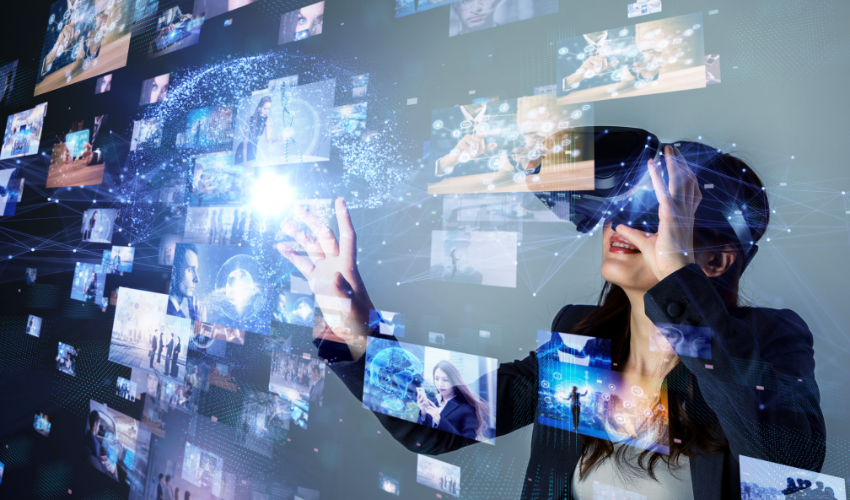Not too long ago Virtual Reality felt like some distant future, however, it is becoming more and more common every day while being used both for fun and also for training/learning purposes. Even though VR feels like something futuristic, its invention dates back all the way to the 1950s.
What is Virtual Reality
Virtual Reality (VR) is a computer-generated environment with realistic-looking images and objects that gives the user the feeling of being completely immersed in their surroundings. It gives the user the feeling of e.g., being the main character in a game as well as the ability to interact with the world. This environment is viewed through the use of a so-called VR headset, which is easily recognizable as something connected to VR.Difference from Augmented Reality
Despite the fact that Virtual Reality is technically a decades-old technology, many people are still unfamiliar with it. It's also not uncommon to confuse virtual reality with augmented reality. The difference that distinguishes VR from AR is that VR creates a virtual environment in which we may immerse ourselves using a headset. All the surroundings are a part of an artificially manufactured environment made up of visuals, sounds, and other elements.
However, in augmented reality (AR), our own world becomes the framework inside which objects, images, and other media are inserted. Everything we see is in a real environment. Pokémon GO is the clearest and most well-known example of this principle.
The Future of Virtual Reality
It is predicted that VR will have an exponential growth in the 5 upcoming years. So, we will for sure be able to see a lot more of it in the days to come. Its purpose is shifting more towards education, science, commerce, manufacturing etc. It is expected that VR will come to smartphones and tablets and will therefore be a lot more accessible to the general public.
Different Fields of Virtual Reality Being Used
In past it was mostly used for video games, however, nowadays we can use it to learn how to perform surgery, to perform sports training and there are many more possibilities in different fields. In the UK and US Virtual Reality is currently being used in the military for simulations, which are a part of the training. It’s also used in mental health as a primary method for the treatment of post-traumatic stress. Furthermore, it is used for medical training, which allows for consequence-free training. One of the companies providing this service is Virtual Medicine from Slovakia. And there are many additional fields where VR can be used.Pros and cons of Virtual Reality
Among the pros of virtual reality is the fact that it connects with people through e.g., a game where they can talk and meet people from different cultures. Another advantage is its use in various different fields. Lastly, the biggest advantage of all is the possibility to create own reality where it is possible to adjust things, we don’t like in the world we currently live in. This however poses one of the biggest threats of VR as this ability to bend reality can easily become addictive. Furthermore, we have to keep in mind that even though we can connect with people through VR, it shouldn’t replace the normal socialization with people around us. And then of course there is the fact that VR is still very expensive.Virtual Reality is a tool, which provides many new opportunities, and it is bound to become almost a necessity in the future.